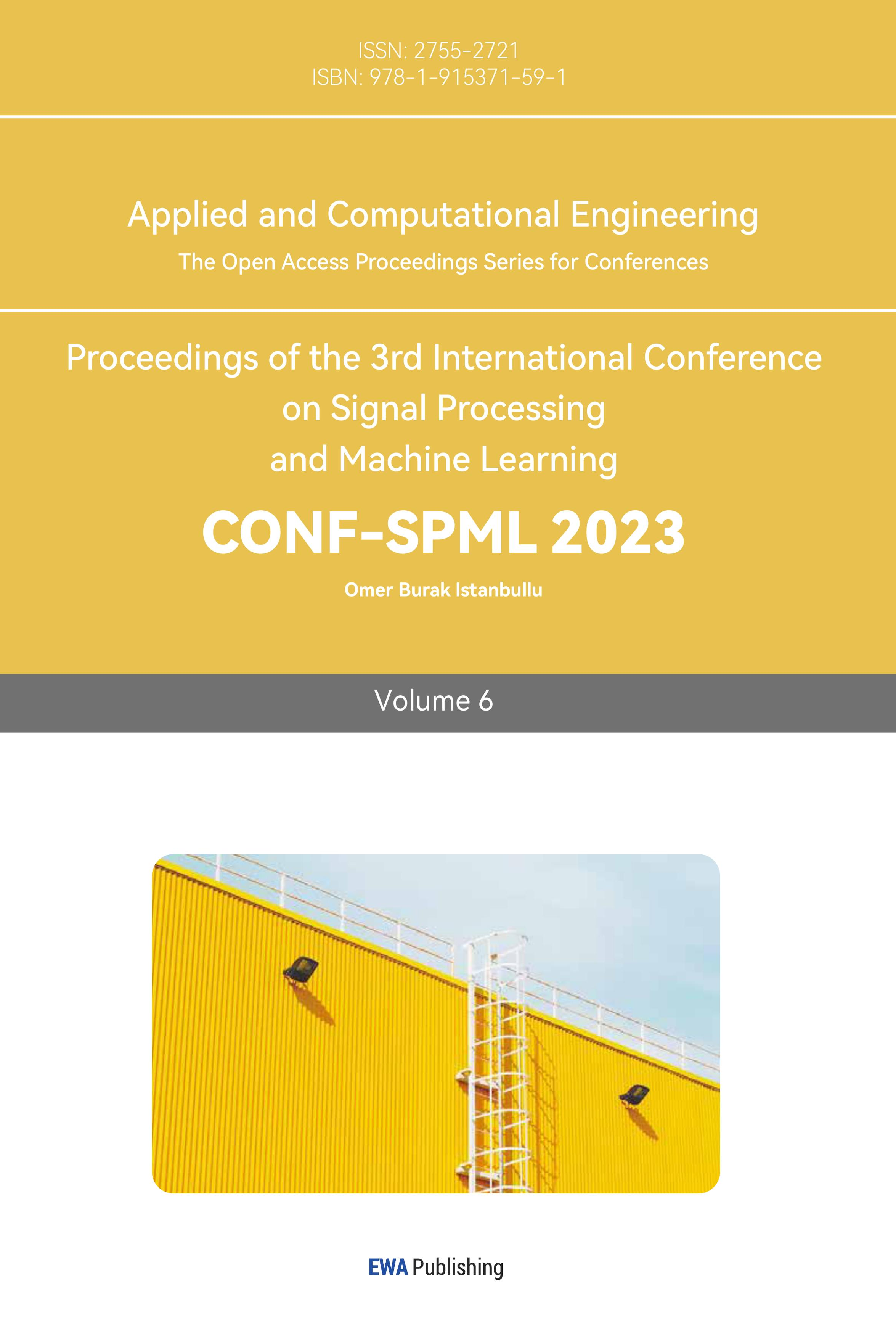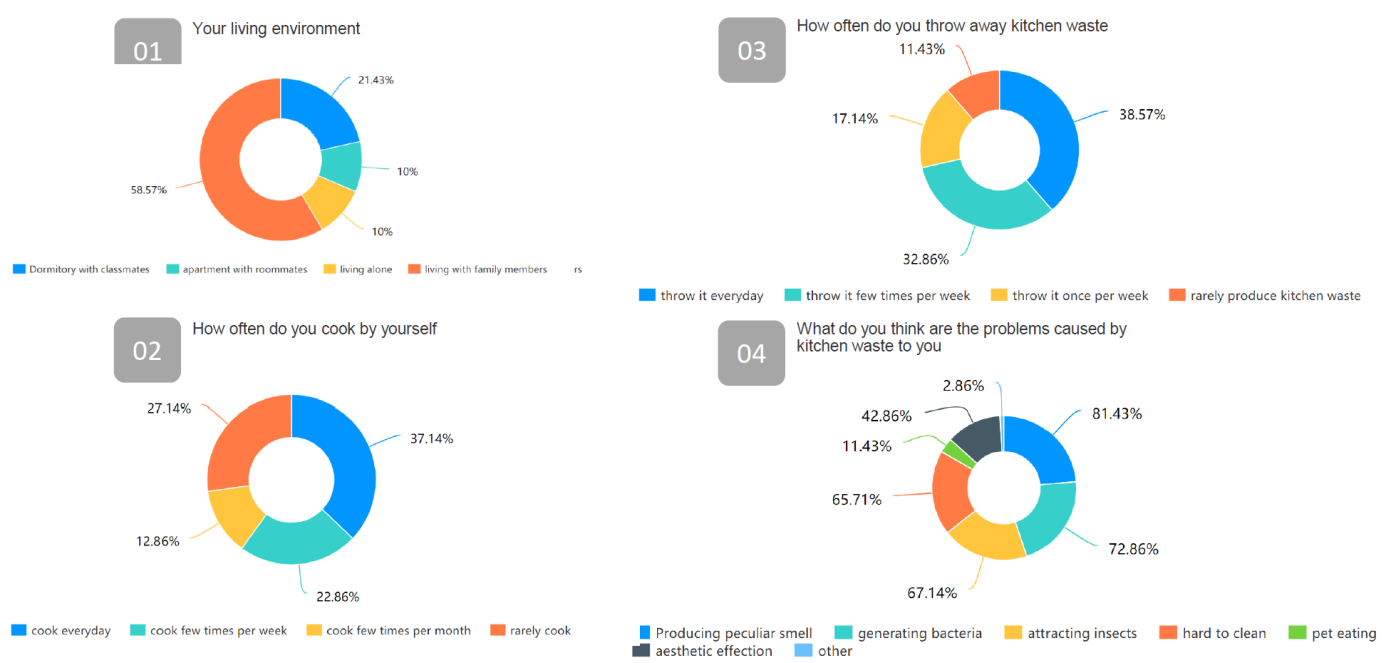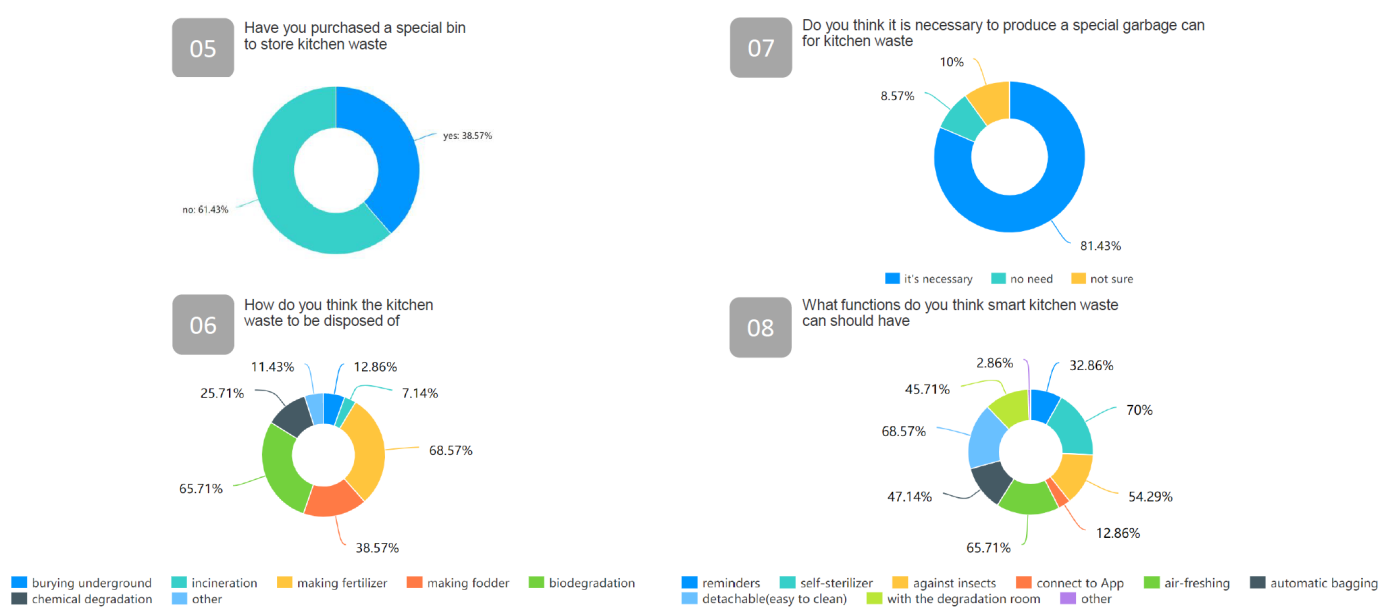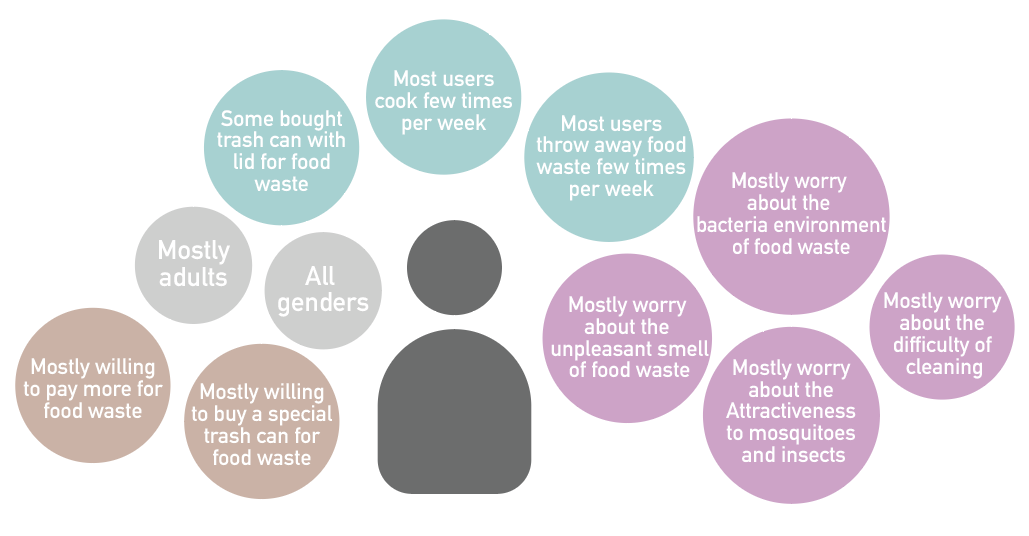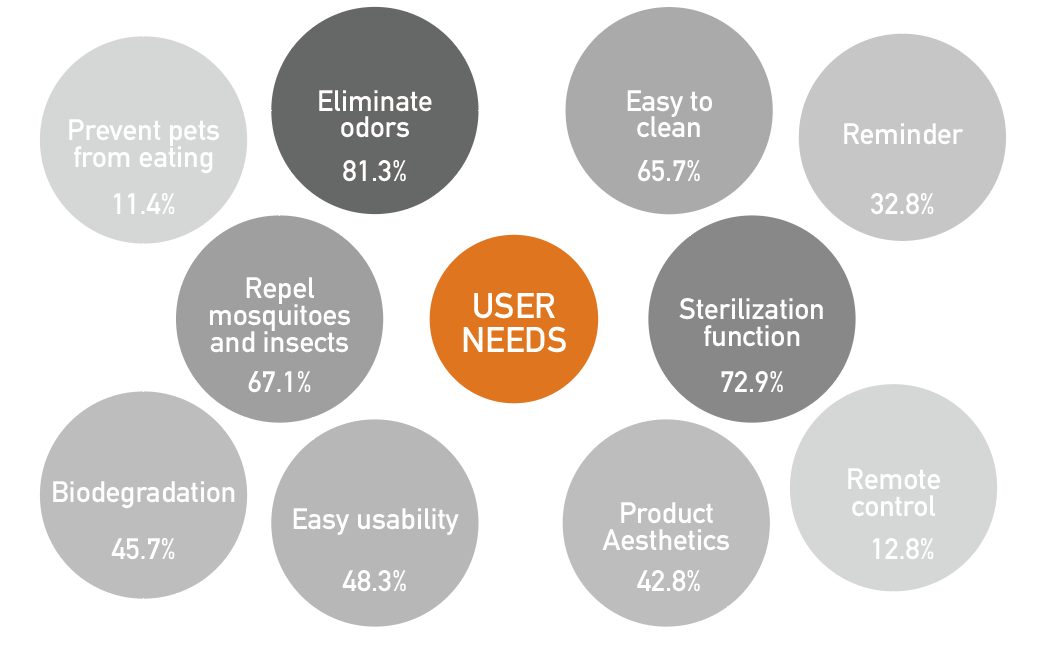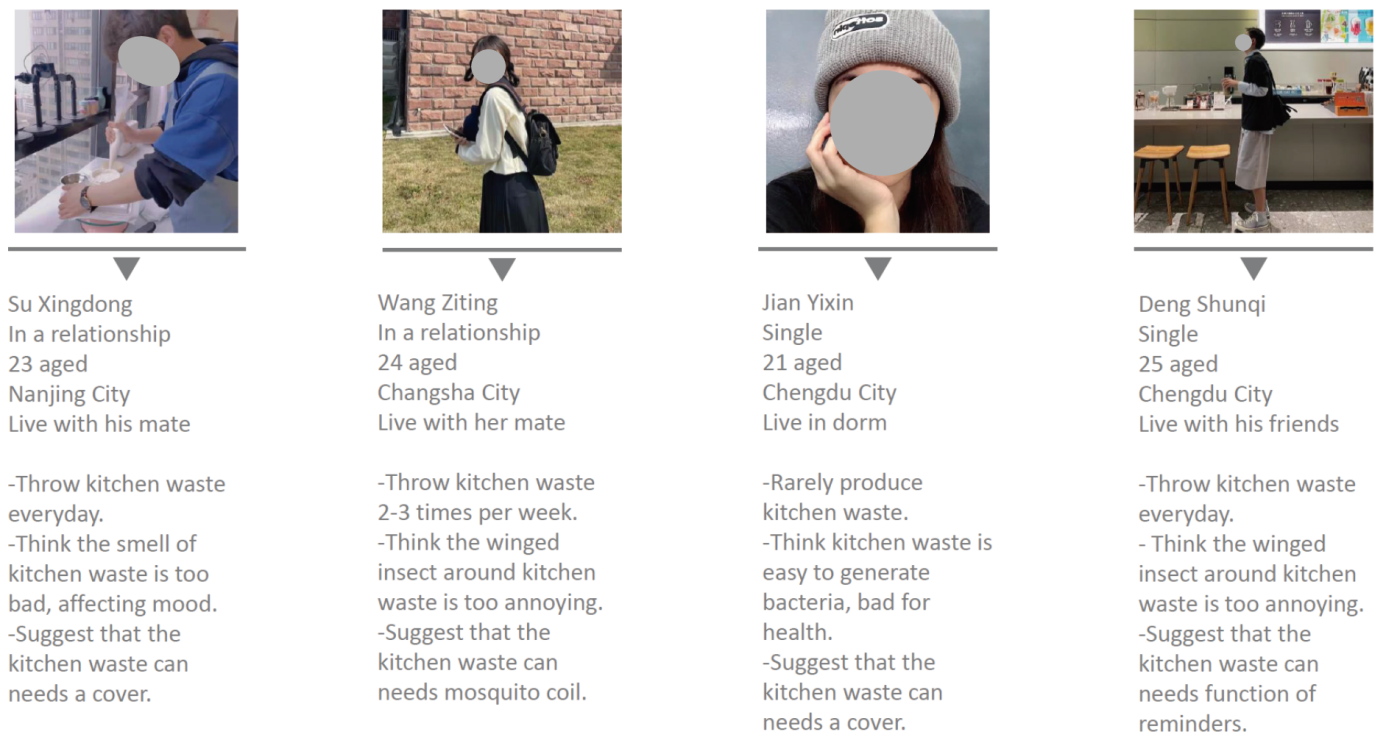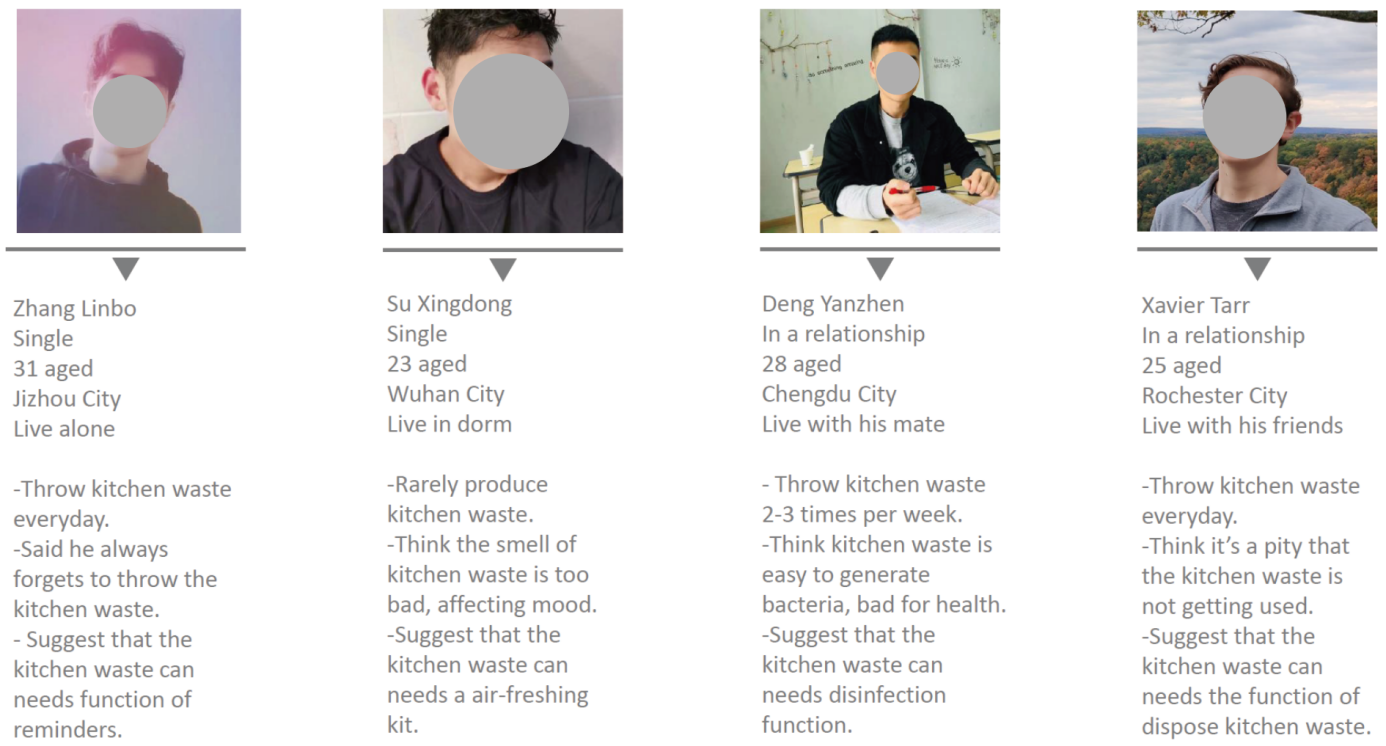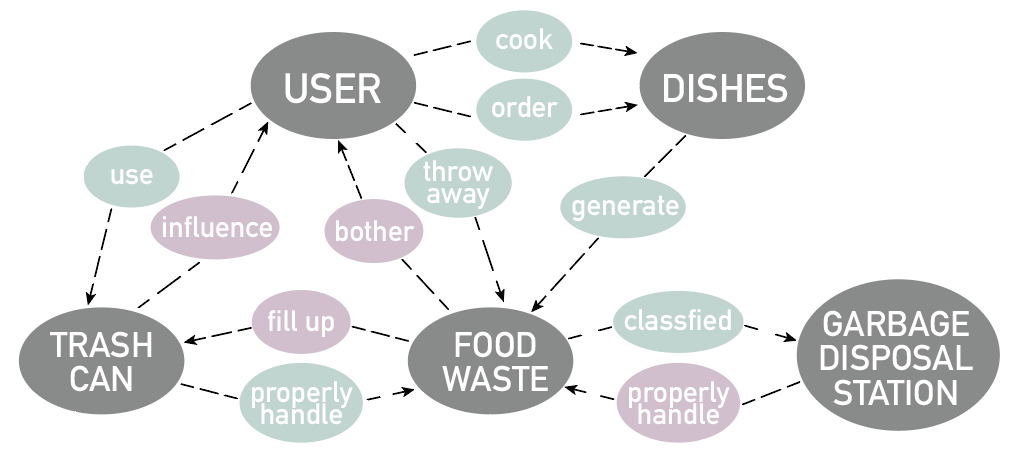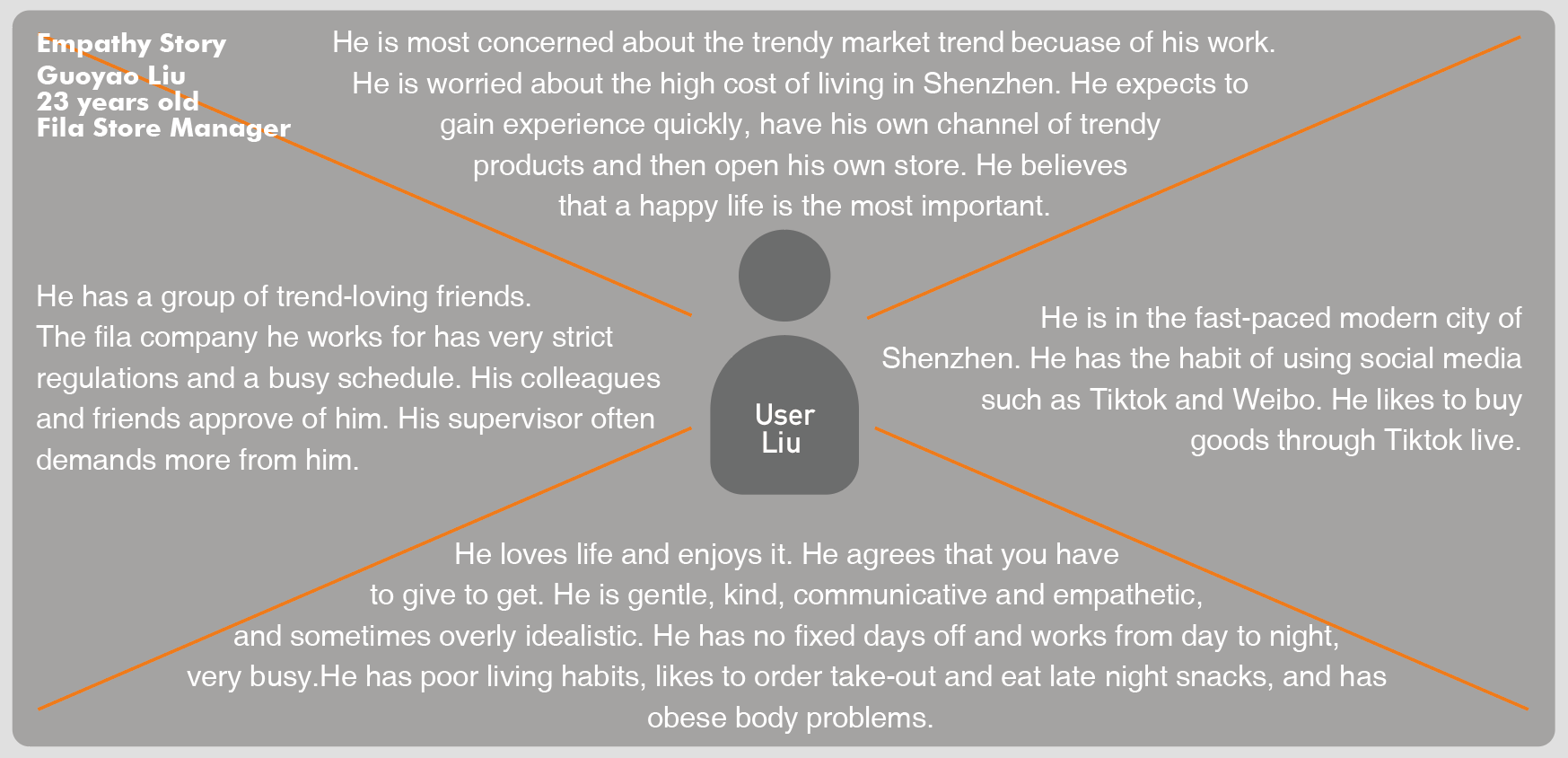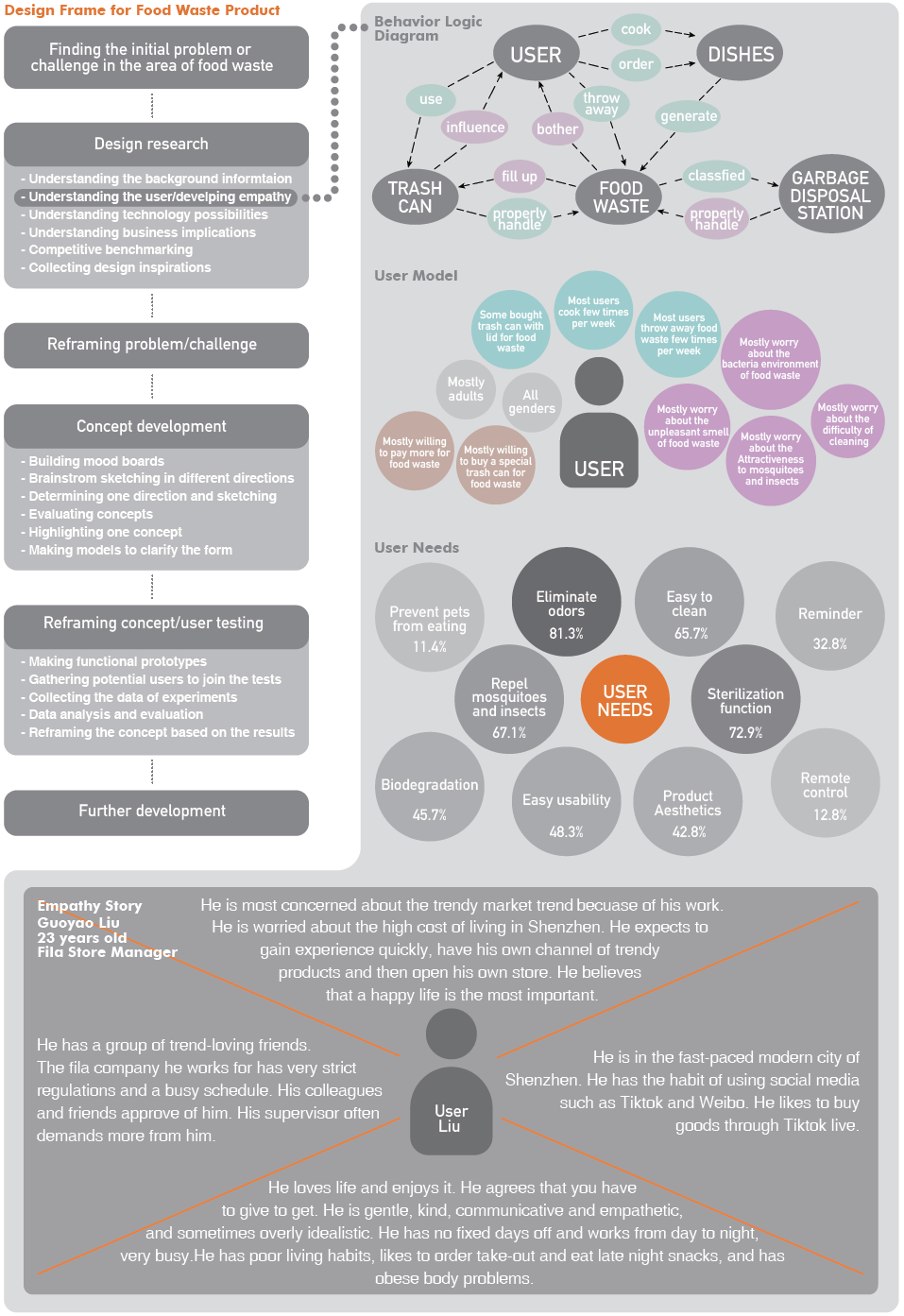1. Introduction
Food waste is a global and persistent problem. With the development of society, the proportion of food waste in municipal waste is increasing. Food waste accounts for 30-60% of municipal waste, and this figure is increasing. Moreover, the global food waste management market size is estimated at USD 34.22 billion in 2019. It is expected to expand at a compound annual growth rate (CAGR) of 5.4% from 2020 to 2027. This growth is attributed to the rising concerns over food waste globally [1].
In the meantime, the impact caused by food waste is enormous. More than 95 percent of food waste eventually goes to landfill, where it is converted to methane, carbon dioxide, and other greenhouse gases through anaerobic digestion. Food waste has a catastrophic impact on climate change. The energy of food waste itself cannot be ignored, and it is estimated that the energy lost in landfills from food waste is equivalent to 43% of the energy used to prepare food in the United States [2].
In response to the growing problem of food waste, many innovators are already seeking new solutions. For example, anaerobic digestion, a technology for treating source-separated organic waste, has become increasingly sophisticated over the past fifteen years [3]. Two dewatered restaurant food waste (DFW) products were evaluated as potential finishing pig feed [4]. Some household products for food waste have also emerged, such as GeniCan, Townew, Oneplus system, etc.
In the household-based context, a large amount of food is not consumed but is wasted [5]. The amount of household food waste is significant. This is due to the lack of perceived behavioural control of food waste by many consumers. One study says that even in small settings like rural towns in Campania, the level of knowledge and awareness of household food waste issues is not promising [6]. In such a background, the behaviour related to household food waste is well worth studying in depth. The behavioural study of household food waste can provide theoretical and practical contributions to future research on methods to try to solve the problem of household food waste and the design of food waste-related products.
User behaviour research is significant. User behaviour analysis establishes a view of user information and discovers patterns in user behaviour from user behaviour data [7]. The benefits of user behaviour research are: create an experience that becomes your engine of differentiation and growth, scale development and innovation, reduce the risk of investing in the wrong product initiatives and features, and increase conversion, retention, and revenue [8, 9]. In the field of design, new design methods have emerged, namely integrated design (integrated behavioural analysis based on product and user behaviour). [10].
2. Methodology
In this study, 70 participants took part in a questionnaire, 8 respondents were interviewed in detail, and one respondent had a key observation and an empathy story about him was written.
2.1. Participants
To ensure the universality of the research population, 40 Chinese females and 30 Chinese males were selected for the questionnaire, and their ages ranged from 16 to 53 years old. Eight experimental subjects aged 20-40 were selected for detailed interviews, including four men and four women, one American male, and the rest are Chinese citizens. One Chinese adult male, a representative of urban life, was selected for the empathy story study.
2.2. Questionnaire design
The questionnaires were pushed to respondents online through the Questionnaire Star platform to facilitate questionnaire delivery and result collection.
2.2.1. Question design
• What is your gender?
• What is your age?
• What is your living environment like? (Living alone, with your classmates, with your roommates, with your family)
• How often do you cook? (Cooking every day, a few times a week, a few times a month, rarely)
• How often do you throw away food waste? (Throwing food waste every day, a few times a week, a few times a month, rarely throw food waste)
• What kind of problems do you think food waste has caused you? (Producing unpleasant smell, breeding bacteria and leading to an unhygienic environment, attracting nasty mosquitoes, difficult to clean stubborn stains, pets sometimes eat it by mistake, unsightly and affecting mood, others)
• Have you ever bought a specific garbage can for food waste? (Garbage cans with lids, sorted garbage cans, odor-elimination garbage cans, sterilized garbage cans, smart garbage cans, and others)
• How do you think food waste can be disposed of? (Burial, incineration, biodegradation, chemical degradation, reproduction into fertilizer, reproduction into feed, and others)
• Do you think it is necessary to produce a particular garbage can for kitchen waste?
• What features should the next generation of kitchen trash cans have? (Timing reminder function, self-sterilization function, mosquito repellent function, intelligent connection and remote-control function, air freshening function, automatic bag tying function, easy to disassemble and easy to clean feature, organic degradation function, anti-pet function, others)
2.3. Interviews
Eight respondents were interviewed for this experiment. The aim was to understand their living habits, ideology, and their views as well as evaluations of food waste and its related products.
2.4. Empathy story
This study depicts empathy stories around a typical modern urban adult. The purpose is to help capture who the user or persona is, communicate effectively with other users or personas and collect data directly from the user. This user research method effectively constructs user empathy and intuitively perceives user needs. The primary research forms used to gather information were remote interviews, environmental studies, and live observations.
3. Results
3.1. Questionnaire
|
Figure 1. Questionnaire results. |
|
Figure 2. Questionnaire results. |
The visualization results for the more critical 8 questions are shown in Figure 1 and Figure 2. (Seventy respondents participated in the survey) Key insights from interviews: 1. Most users cook several times a week. 2. Most users throw away food waste several times a week. 3. Some users buy specific bins with lids for food waste. 4. Most users are troubled by the bacteria environment caused by food waste. 5. Most users are troubled by the unpleasant odor from food waste. 6. Most users are troubled by the attraction of food waste to mosquitoes. 7. Most users are troubled by the difficulty of cleaning up food waste.
3.1.1. User model
|
Figure 3. User model map. |
Based on the results of questionnaire, a user model was created. In Figure 3, the content in the grey circle shows the user's basic attributes, the content in the light blue circle shows the user's relevant behaviours, the content in the brown circle shows the user's wishes, and the content in the purple circle shows the user's concerns. This user model helps to understand the key features of the potential food waste-related users.
The food waste-related user model shows that the majority of potential users are adults and cover all genders. Most users cook several times a week. Most users throw away food waste several times a week. Some users buy specific bins with lids for food waste. Most users are troubled by the bacteria environment caused by food waste. Most users are troubled by the unpleasant odor from food waste. Most users are troubled by the attraction of food waste to mosquitoes. Most users are troubled by the difficulty of cleaning up food waste. Most users are willing to pay more for food waste. Most users are willing to buy a special trash can for food waste.
3.1.2. User needs map
Based on the results of questionnaire, a user needs map was created. In Figure 4,The darkness of each circle represents the intensity of each user's need. This user needs map helps to quickly distinguish the ranking of different needs.
Typical user requirements are ranked from highest to lowest intensity of need: eliminate odors, sterilization function, repel mosquitoes and insects, easy to clean, easy usability, biodegradation, product aesthetics, reminder function, remote control, prevent pets from eating.
|
Figure 4. User needs map. |
3.2. Interviews
3.2.1. Collected information
The key information collected about food waste is shown in Figure 5 and Figure 6. Key insights from interviews: 1. Food waste is a global problem. 2. Even among some people who rarely cook, such as those who live in schools, they still are plagued by food waste because the development and prosperity of online take-out has made it easy to accumulate food waste at residence. 3. Many people are worried about the odor and dirty environment caused by food waste. 4. Among the new generation, youth are concerned about the aesthetic and mood-altering effects of food waste, which may be a result of the fact that the new generation faces many newly generated pressures, which make them emotionally and sensitively sensitive.
|
Figure 5. Interviews. |
|
Figure 6. Interviews. |
3.2.2. Behaviour logic diagram
|
Figure 7. Behaviour logic diagram. |
Based on the results of the interviews, a food waste-related user behaviour logic diagram was generated. This diagram shows five main objects in food waste: users, meals, trash cans, food waste, and waste disposal stations. The user gets meals by cooking or ordering food; the food generates food waste; the food waste is a nuisance to the user; the user needs to dispose and discard the food waste; the food waste is stored in the garbage can; the garbage can handles the waste appropriately; the user chooses and uses a garbage can that meets the needs; the functions and effects of the garbage can influence the user's behaviour and emotions; the food waste is discarded and transported to the garbage disposal station; food waste is disposed of properly at the waste disposal station.
3.3. Empathy story
3.3.1. Content
Guoyao Liu graduated from Shenzhen University, majoring in Business administration. In college, he didn’t have the chance to cook. He works as a management trainee in Fila, in Shenzhen. He lives with his girlfriend in an apartment, his girlfriend would cook sometimes. They go outside for eating or order food takeaways mostly.
He found although he didn’t cook frequently, there’s still a great amount of food waste was generated due to food takeaways. And the food waste from this type of origins can be harder to clean than usual food waste because the first one always includes disposable dishes, which are easy to get oil stained.
In a modern city like Shenzhen, waste separation is very strict. He has to subdivide the food waste every time, especially when it is mixed with disposable tableware. Shenzhen's climate is warm all year round, so food waste is easy to deteriorate volatile odor, food waste on the attraction of mosquitoes also gives him a headache. Sometimes he forgets to throw away the food waste, and when he comes home from work at night, the kitchen is already full of mosquitoes and insects.
3.3.2. Key questions
• What are his thoughts and feelings? What are his main concerns? What are his worries, expectations and values?
He is most concerned about the trendy market trend because of his work. He is worried about the high cost of living in Shenzhen. He expects to gain experience quickly, have his own channel of trendy products and then open his own store. He believes that a happy life is the most important.
• What does he hear? What do his friends say? What do his workmates say?
He has a group of trend-loving friends. The fila company he works for has very strict regulations and a busy schedule. His colleagues and friends approve of him. His supervisor often demands more from him.
• What does he see and learn? What kind of environment does he live in? What media and market information does he have access to?
He is in the fast-paced modern city of Shenzhen. He has the habit of using social media such as TikTok and Weibo. He likes to buy goods through TikTok live.
• What is he saying and doing? What is his attitude toward life and society? What is his outward appearance? What are his behavioural habits?
He loves life and enjoys it. He agrees that you have to give to get. He is gentle, kind, communicative and empathetic, and sometimes overly idealistic. He has no fixed days off and works from day to night, very busy. He has poor living habits, likes to order take-out and eat late night snacks, and has obese body problems.
|
Figure 8. Empathy story map. |
3.4. Design framework modification
|
Figure 9. Design framework modification. |
This experiment integrates the above behavioural logic diagram, user model, user needs map and empathy map in a food waste related design framework. Design research is a significant part of the industrial design process. Understanding and developing the user empathy is a fundamental part of design research. Therefore, the understanding of empathy can lead to better products with more developed human care.
4. Discussion
This study makes good use of multiple-user research methods. These different user research methods ensure that this study is three-dimensional and thorough. The participants covered a wide range of age groups and occupations, which to some extent, ensures the generalizability of this study.
In this experiment, some factors may affect the experimental results. 1. The wide range of participants from China may lead to more convincing results in the East Asian context. 2. The total number of experimental populations is limited, which may lead to a certain degree of limitation in the applicability of the experimental results. 3. The majority of the subjects interviewed in this study were young people living in the new generation in the city, which may lead to the results of this experiment being more in line with the perspective of young people and ignoring the perspective of some middle-aged and older people and rural areas.
In further studies, potential users and participants with more attributes need to be considered. Changes in user sentiment are a highly promising possibility. It might be possible to collect data on emotional changes by quantifying certain emotional expressions of people. Such quantitative data would greatly help the construction of the model. The geographical distinction between urban and rural areas regarding food waste needs to be set up with a better classification criterion and a separate evaluation system, making the research on food waste more effective.
5. Conclusion
The results of this experiment suggest that the process of food waste-related design research, product development and experience design should focus on key user needs: eliminate odors, sterilization function, repel mosquitoes and insects, easy to clean, easy usability, biodegradation, product aesthetics, reminder function, remote control, prevent pets from eating, etc.
In food waste design research, in order to fully understand and develop user empathy, researchers should start with user behaviour logic. The user gets meals by cooking or ordering food; the food generates food waste; the food waste is a nuisance to the user; the user needs to dispose and discard the food waste; the food waste is stored in the garbage can; the garbage can handles the waste appropriately; the user chooses and uses a garbage can that meets the needs; the functions and effects of the garbage can influence the user's behaviour and emotions; the food waste is discarded and transported to the garbage disposal station; food waste is disposed of properly at the waste disposal station.
The food waste-related user model shows that the majority of potential users are adults and cover all genders. Most users cook several times a week. Most users throw away food waste several times a week. Some users buy specific bins with lids for food waste. Most users are troubled by the bacteria environment caused by food waste. Most users are troubled by the unpleasant odor from food waste. Most users are troubled by the attraction of food waste to mosquitoes. Most users are troubled by the difficulty of cleaning up food waste. Most users are willing to pay more for food waste. Most users are willing to buy a special trash can for food waste.
The results of this research are great tools that help future designers or research teams to quickly understand user needs, behavioural logic and user empathy when conducting food waste related research.



